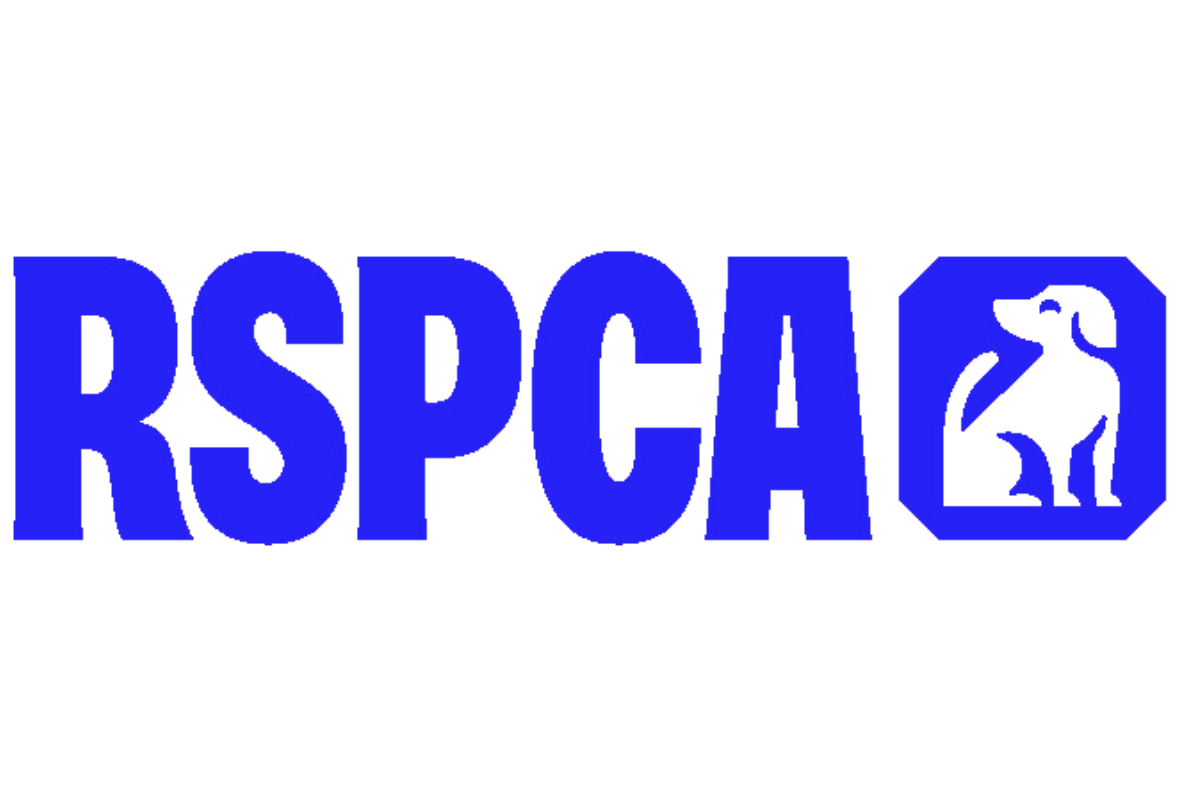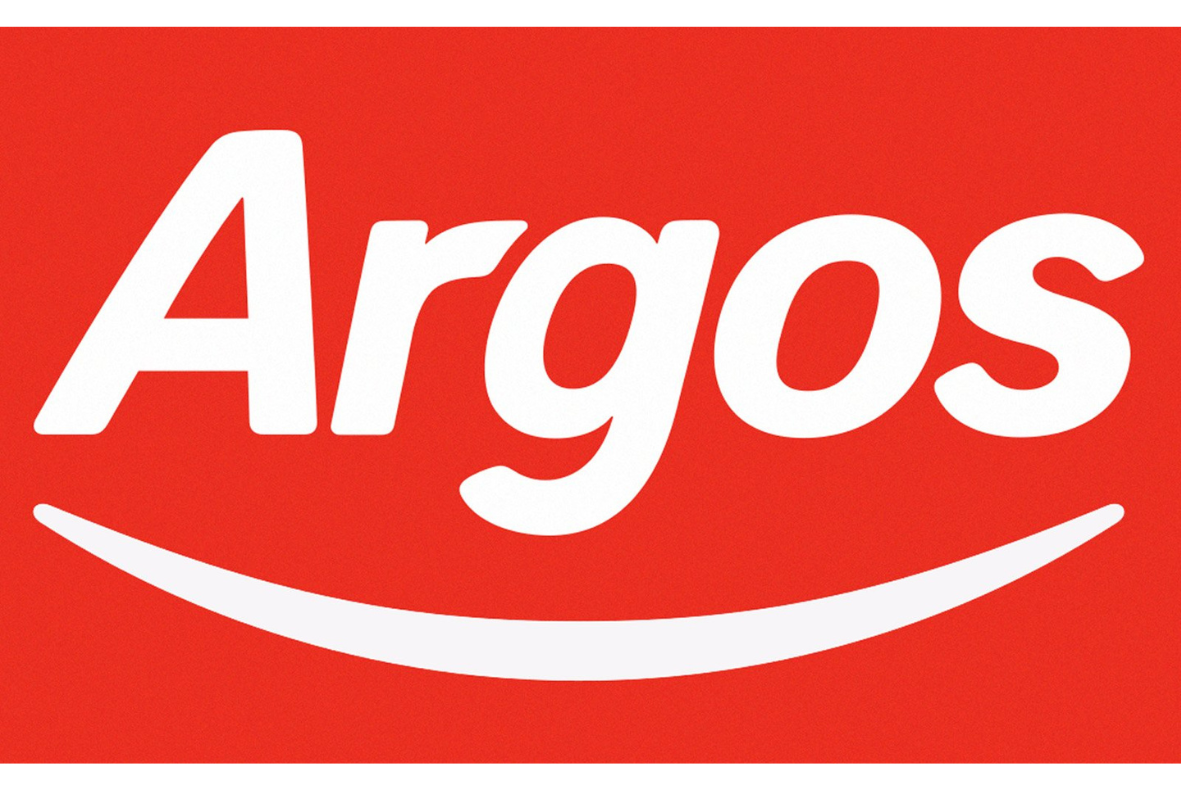Cheap Pet Insurance
- Compare 15 providers at once
- Prices from just £3.35* per month
- Top providers looking to help

Cheap Maine Coon Cat Pet Insurance

The Maine Coon is known for its large size, easy-going temperament, and rugged appearance, making it well-suited for New England's harsh climate. With a long, rectangular body, tufted ears and toes, a bushy tail, and a thick, shaggy coat, this breed is both a great hunter and a sturdy worker. Despite its name, the Maine Coon is not related to raccoons, although the resemblance of its bushy tail to a raccoon's likely inspired the name.
Maine Coons are most famous for their brown tabby pattern, but they come in many colours and patterns. Males often weigh over 20 pounds, with females generally smaller but still much larger than the average housecat. One of the oldest natural cat breeds in North America, Maine Coons are considered natives of the state of Maine, and they're even the official state cat.
Maine Coons have been around for centuries, with the first mention in cat literature in 1861, when a black-and-white Maine Coon named "Captain Jinks of the Horse Marines" was noted. In 1895, a brown tabby Maine Coon named Cosie won Best Cat at the Madison Square Garden show. However, after the arrival of more exotic breeds like Persians and Siamese, Maine Coons lost popularity until the 1950s, when breeders revived interest in the breed. Today, the Maine Coon is one of the most popular cat breeds in the world.
Legends surround the Maine Coon’s origins, with some saying they are descendants of Marie Antoinette’s pet cats or that they resulted from domestic cats mating with raccoons (biologically impossible, of course). Most breeders believe the Maine Coon developed from long-haired cats brought by seamen or even the Vikings, as they share many traits with the Norwegian Forest Cat.
In 1968, the Maine Coon Breeders and Fanciers Association (MCBFA) was founded to preserve the breed's rugged and natural qualities. Today, the Maine Coon is celebrated for its hardy nature, hunting skills, and friendly personality, making it a beloved companion and one of the most popular cat breeds worldwide.
Just some of the great pet insurance brands included









